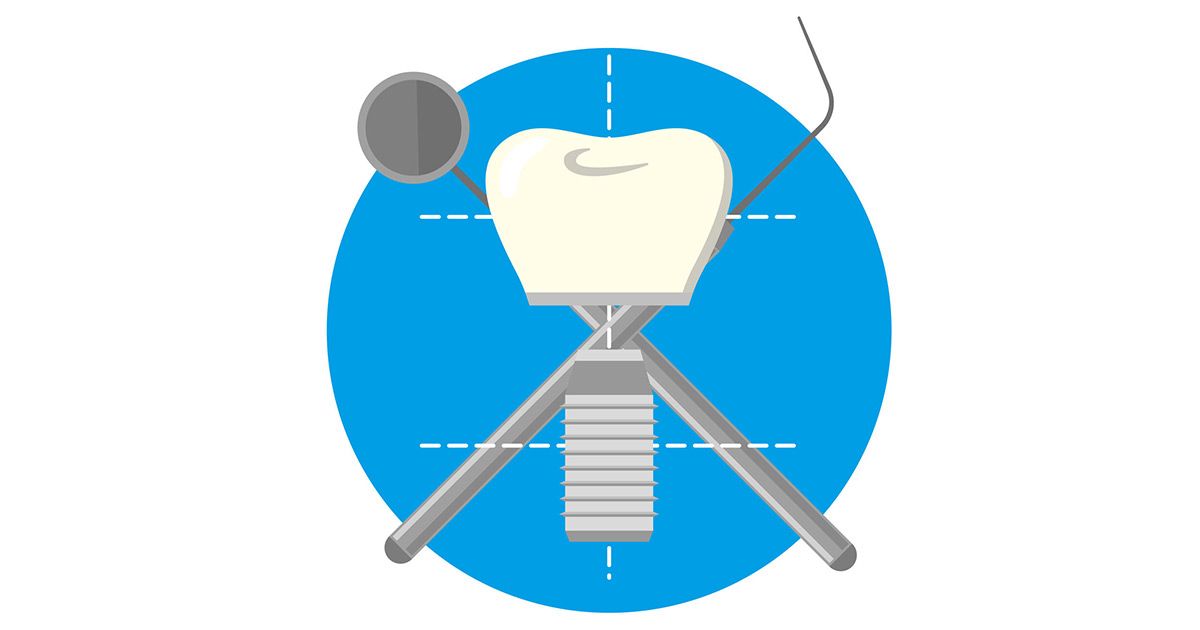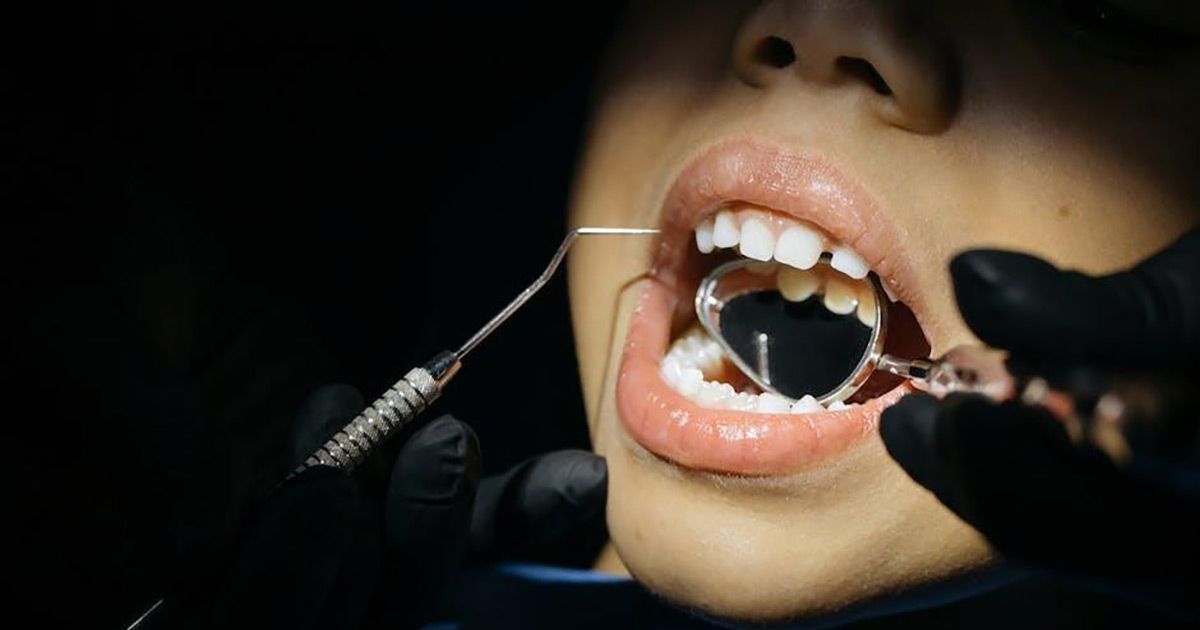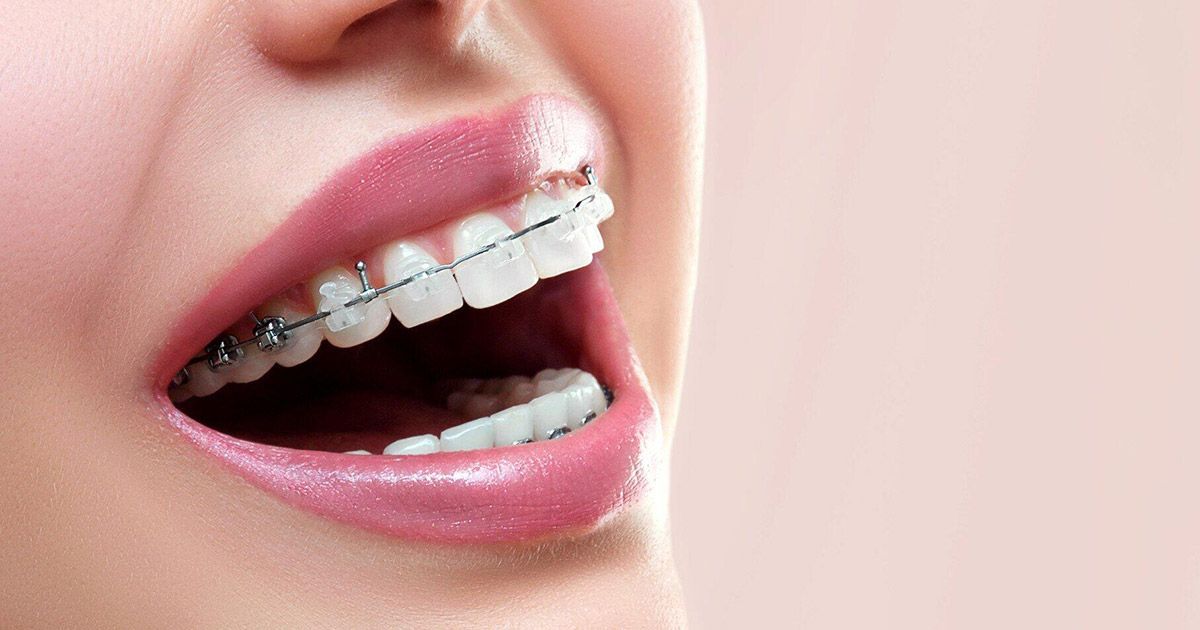Top 5 Most Common Dental Emergencies and How We Treat Them
Facing a dental emergency? Get fast relief with emergency dental service today. Explore your options and restore your smile quickly!
According to the ADA, there are around 2 million annual emergency department visits for dental conditions in the U.S. They often involve severe pain, infection, or trauma that require immediate emergency dental service.
Today, we're taking a closer look into the top five most common dental emergencies and how they are treated.
1. Severe Toothache and What It Means
A toothache can range from mild discomfort to intense, throbbing pain that affects daily life. The most common causes of a toothache include:
- Deep cavities and decay
- Gum infections or abscesses
- Cracks or fractures in the tooth
Deep Cavities and Decay
Tooth decay is one of the most common reasons for a severe toothache. When bacteria erode the enamel, they create cavities that expose the sensitive layers of the tooth.
If left untreated, decay can reach the nerve, leading to sharp pain and possible infection. A dentist will usually treat this with a filling, but if the damage is severe, a root canal may be needed.
Gum Infections or Abscesses
An abscess is a pocket of pus caused by an infection. It can form in the gums or at the root of a tooth. Symptoms often include swelling, sensitivity, and a bad taste in the mouth.
An abscess is considered a dental emergency and needs immediate dental assistance. Treatment may involve draining the infection, prescribing antibiotics, or performing a root canal. In some cases, tooth extraction is the only option.
Cracks or Fractures in the Tooth
Small cracks can sometimes be treated with bonding, while deeper fractures may require a crown. If the crack extends to the root, extraction may be necessary.
2. Chipped or Broken Tooth
Small chips in a tooth may not cause pain, but they can make the surface rough or sharp. These minor damages are usually fixed with bonding, where a dentist applies a tooth-colored resin to restore the shape.
When a break is deeper than the enamel, it can expose the dentin, which is the sensitive layer beneath. This type of fracture often causes pain, especially when eating or drinking.
A dentist may repair it with bonding, but if the damage is more extensive, a dental crown is often needed. A crown protects the tooth from further damage and restores its function.
A severe break can expose the nerve, leading to intense pain and a higher risk of infection. This kind of damage requires emergency tooth repair. A root canal is often the best way to save the tooth by removing the damaged nerve and sealing the inside.
3. Knocked-Out Tooth and Emergency Response
A knocked-out tooth is one of the most serious dental emergencies. When picking up a knocked-out tooth, always hold it by the crown, not the root.
The root is delicate and touching it can damage the tissues needed for reattachment. If the tooth is dirty, rinse it with water, but avoid scrubbing or using soap. Keeping the root intact increases the chances of successful reinsertion.
A tooth must stay moist to keep the root cells alive. If you can, put the tooth in the socket again. Keep it there by biting down on it lightly. If that isn't an option, store it in milk or a saline solution.
Water is not ideal because it can damage the root surface. A knocked-out tooth that dries out for more than an hour has little chance of being saved.
Seeking Emergency Dental Service as Soon as Possible
Time is the most important factor in saving a knocked-out tooth. Seeing a dentist within 30 to 60 minutes gives the best chance for successful reattachment.
If reinsertion isn't possible, other treatments like implants or bridges can restore function and appearance. Immediate dental assistance increases the chances of saving the natural tooth and avoiding further complications.
4. Lost or Damaged Fillings and Crowns
A lost filling or crown can expose the tooth to sensitivity, pain, and further damage. When a filling or crown is lost, the inner layers of the tooth become exposed.
This can make the tooth sensitive to hot, cold, or sweet foods. In some cases, the pain may be mild, but it can worsen over time. Temporary dental cement from a pharmacy can help cover the area until a dentist can repair it.
A missing filling or crown leaves the tooth unprotected. Without reinforcement, the tooth may crack, break, or wear down faster.
Hard or sticky foods can make the situation worse by putting pressure on the exposed area. If the damage spreads, more extensive treatment like a root canal may be needed.
Bacteria can enter the exposed tooth and lead to decay or infection. If the area becomes swollen or painful, immediate dental assistance is needed.
A dentist will either replace the filling or fit a new crown to restore the tooth's function. If the damage is too severe, more advanced treatment may be required.
5. Abscessed Tooth and the Risk of Infection
A tooth abscess is a serious infection that needs urgent dental care. It develops when bacteria enter the tooth or gums, leading to a pocket of pus.
An abscessed tooth often starts with mild discomfort but can quickly become unbearable. The pain may spread to the jaw, ear, or neck.
Swelling in the face or gums is common and may be accompanied by a foul taste or bad breath.Over-the-counter pain relievers can help temporarily, but they will not fix the infection.
A dental abscess is not just a problem for the teeth. If bacteria enter the bloodstream, they can cause serious health issues.
In some cases, an untreated abscess can lead to hospitalization. Signs that the infection is spreading include fever, chills, and difficulty swallowing.
A dentist will assess the severity of the infection and determine the best treatment. A root canal is often the first option to remove the infection while saving the tooth.
Emergency Tooth Repair in Hampton
Dental emergencies can happen without warning, causing pain and serious complications if not treated quickly with emergency dental service.
At LeJeune Family Dentistry, we're committed to making every visit a positive experience. Our team provides top-quality care with a warm, friendly approach. Dr. LeJeune values patient education and builds strong relationships to support lifelong oral health in Hampton, VA.
Get in touch today to find out how we can help with your dental needs!
Make an Appointment
Call today to schedule an appointment at (757) 827-9114.
Our Primary Service Area
All Rights Reserved | LeJeune Family Dentistry.
Website designed and maintained by Xpress, INC
757-863-8722










